JASPER JOHNS (b. 1930)
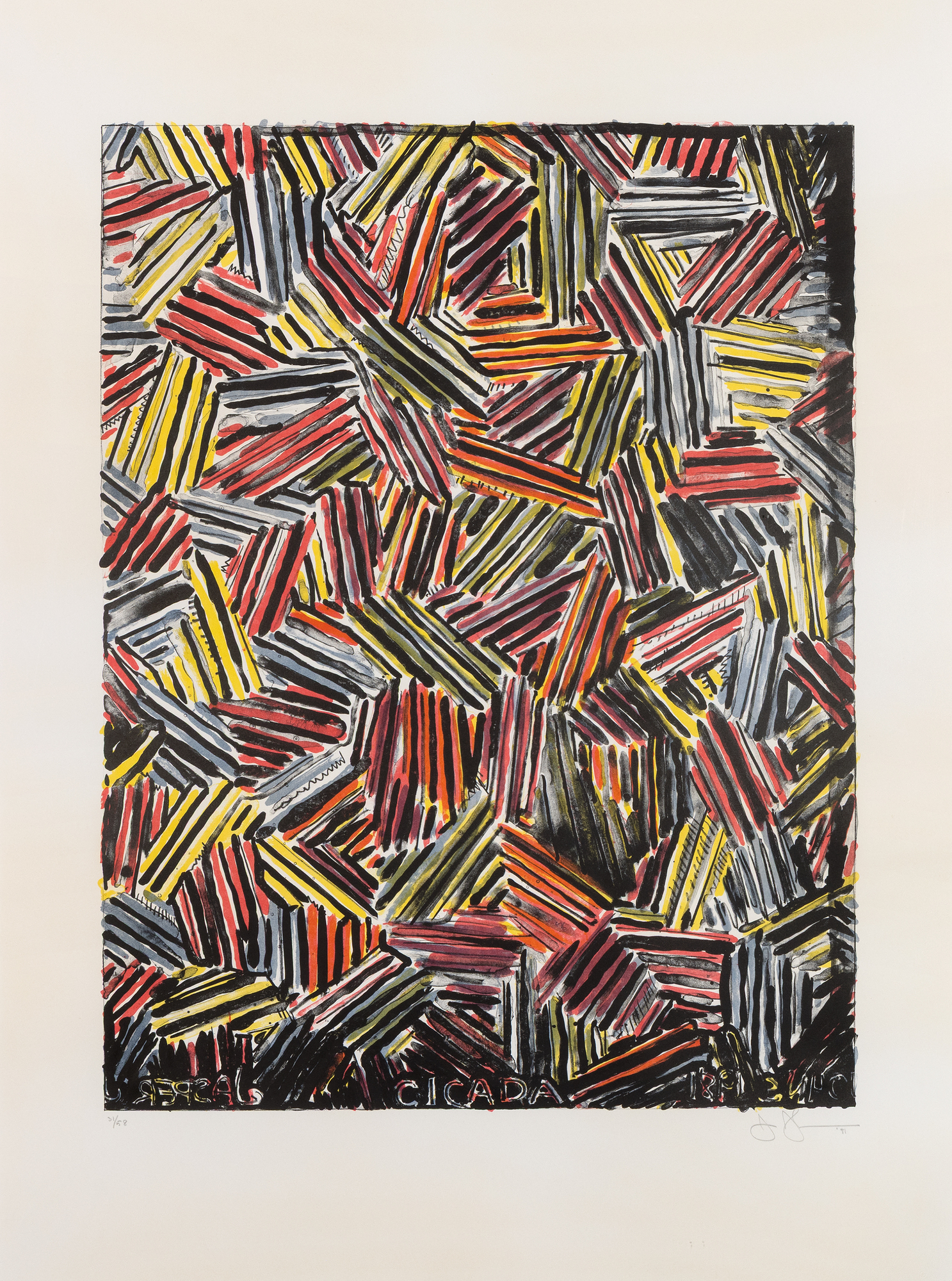


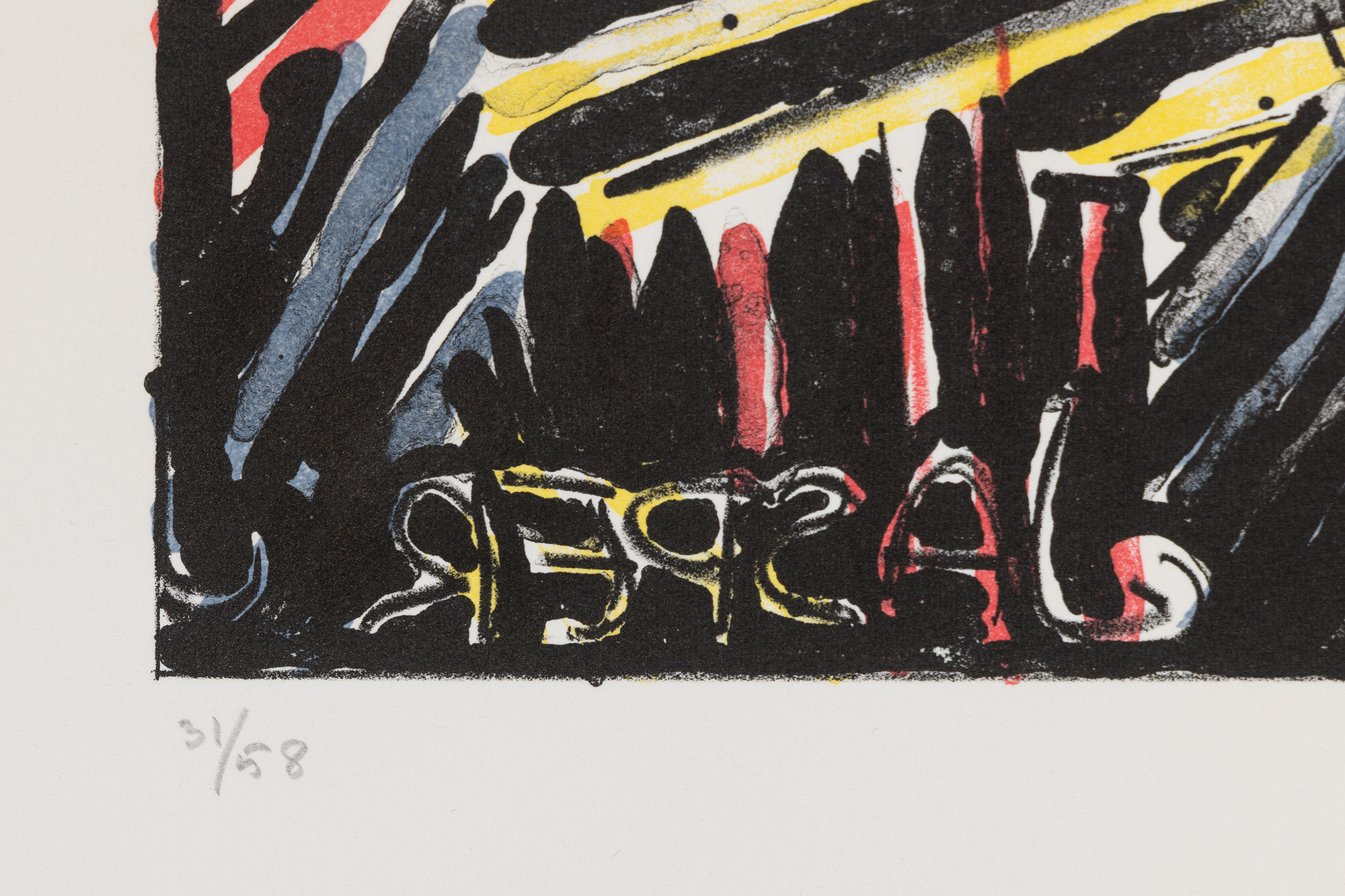

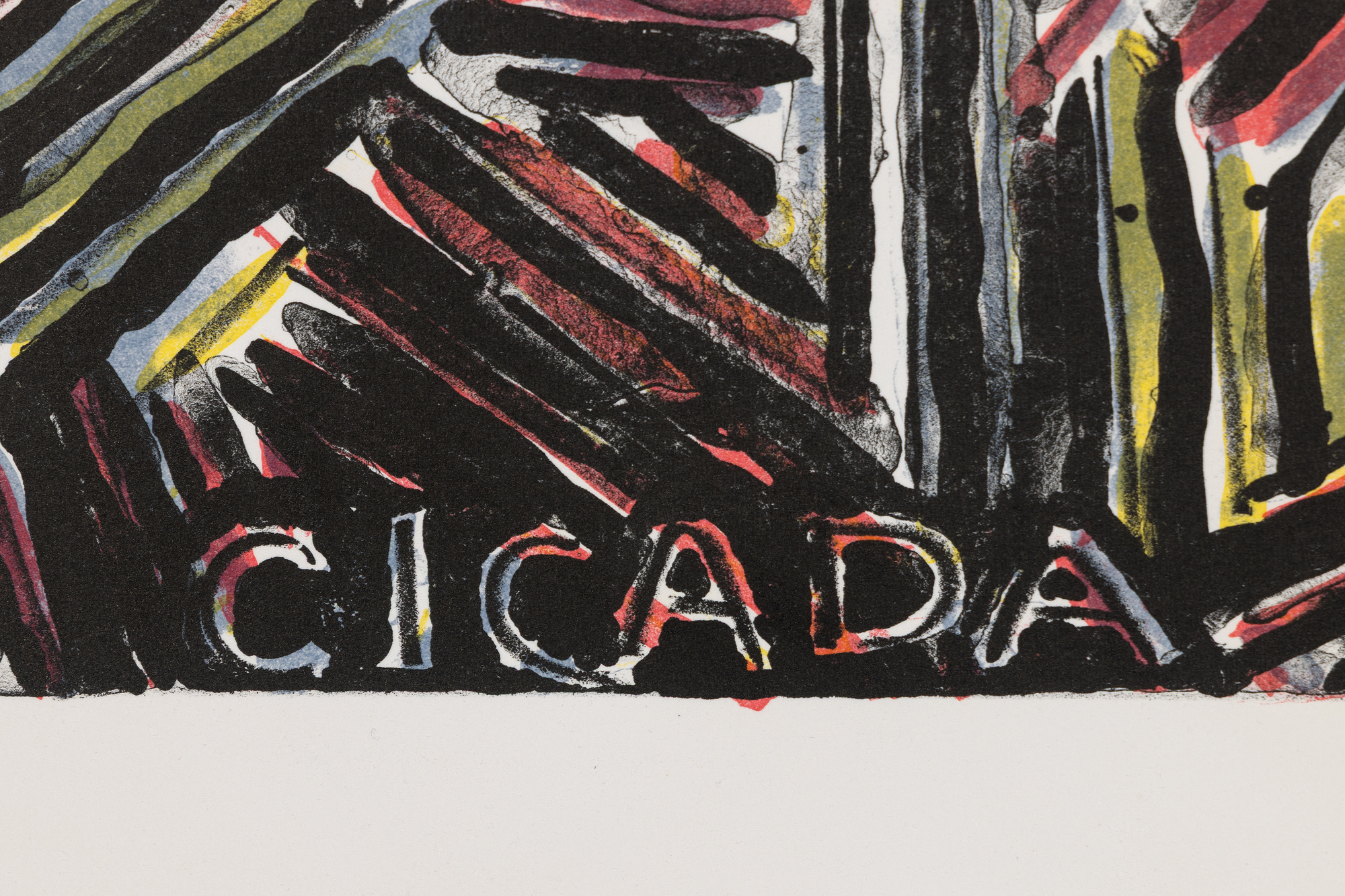


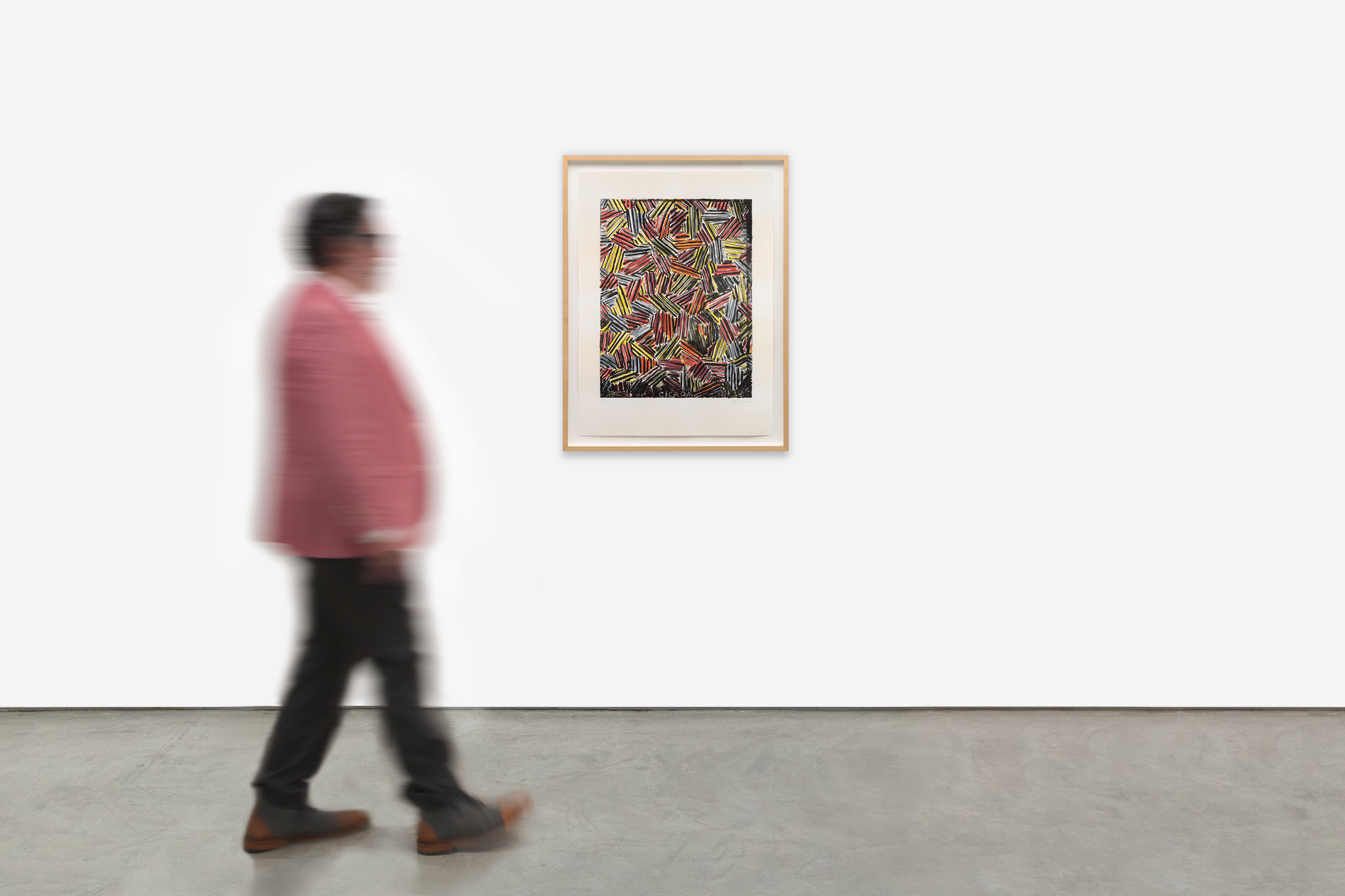
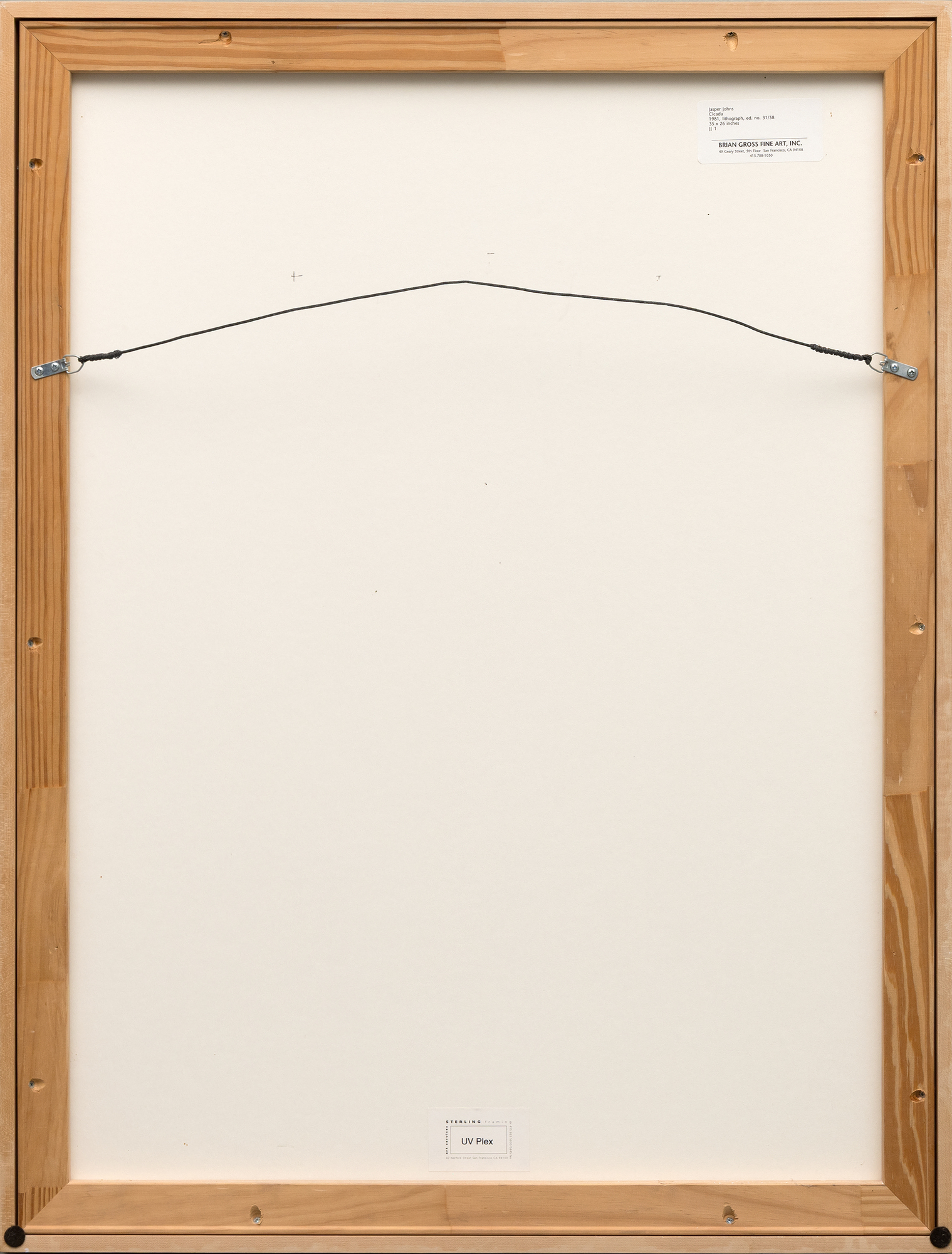
Provenance
Brian Gross Fine ArtPrivate Collection
60,000
Created during his “crosshatch” period (1972–83), the work exemplifies his move from flags and targets toward abstract systems of mark-making. Through layered color and texture, Johns explores the possibilities of lithography as a medium of repetition and variation.
Impressions of Cicada are held in the collections of the Museum of Modern Art and the Whitney Museum of American Art, underscoring its importance within Johns’s printmaking practice.


